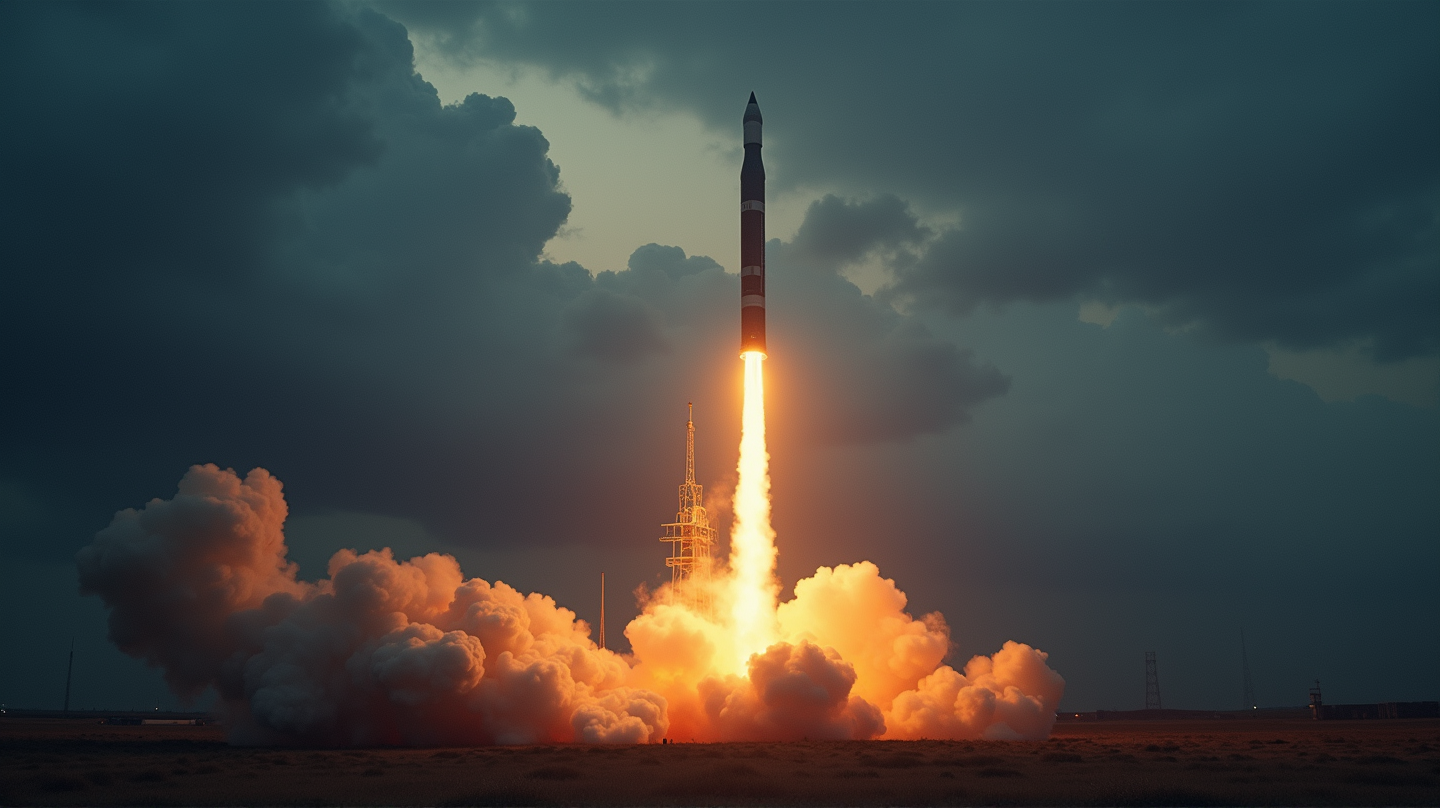The Imminent Catastrophe: Why Testing Nuclear Missiles is a Grave Threat

In an era where diplomatic relations and peace treaties are continually evolving, the decision to test launch a nuclear missile, once again, brings into stark focus the threats facing global security. Many experts argue that such tests are not just unnecessary but also increase the risk of catastrophic incidents. But why are we treading this dangerous path again?
The Environmental Catastrophe Waiting to Happen
Imagine for a moment – a pristine landscape, filled with life, suddenly marred by the aftereffects of a nuclear test. These events are not just military exercises; they leave indelible marks on the environment. Radiation, once released, doesn’t discriminate. It seeps into the earth, contaminating water supplies and vegetation, causing long-term ecological harm. According to IDN-InDepthNews, past tests have shown how entire ecosystems have suffered, making it crystal clear that the environmental toll is severe and lasting.
Security Risks: Are We Prepared?
One cannot ignore the escalation of tensions that accompany such decisions. Testing nuclear missiles sends ripples across the diplomatic fabric of the world, often leading to a tense stand-off between nations. It’s a precarious dance on the edge of a razor, where any misstep may lead to unintended consequences. The challenge isn’t just about technological preparedness but also includes the readiness to manage political fallouts. The window for error is small, and the stakes? Immeasurably high.
Economic Drains More Than Gains
Conducting a nuclear test isn’t just risky; it’s economically draining. The cost of such tests runs into millions, if not billions, of dollars. And for what gain? The promise of security? The reality is more nuanced. As defense departments allocate vast resources towards such endeavors, other areas like healthcare and education suffer. Every dollar spent on testing further entrenches the unbalanced scales of government budget allocation, leaving questions about priorities and long-term consequences.
A Slippery Slope of Misguided Assurances
Historical data has shown us that assurances about the safety and necessity of these tests can often be misleading. Evocative tales of safety turn bitter when weighed against the backdrop of potential disaster. Is the risk worth the reward? Critics argue it clearly isn’t. The assurances of technological advancement ring hollow when juxtaposed with the genuine fear of nuclear fallout. This is no ordinary gamble but a potential roll of dice with nuclear consequences.
The Choice is Clear: Say No to Futile Tests
The path is clear – turning away from nuclear testing is not only wise but necessary. Engaging in yet another round of potentially dangerous testing only pulls us deeper into a quagmire of political, environmental, and societal damage. Scientific advancements have provided alternatives, and it’s high time we embraced them. Lessons from the past tell us, “never again,” and it’s a lesson worth remembering as we stand on this precipice, staring into the abyss.
By turning our backs on these tests, we embrace not just peace but a sustainable future. The echoes of past tests might still haunt us, but it’s the promise of a peaceful tomorrow that we should heed.
In conclusion, while the rhetoric around national security and technological readiness might make a compelling argument for some, we must question: at what cost do we pursue these goals? It’s a bitter pill, but acknowledging and addressing the risks upfront is the first step to a safer future for all.

